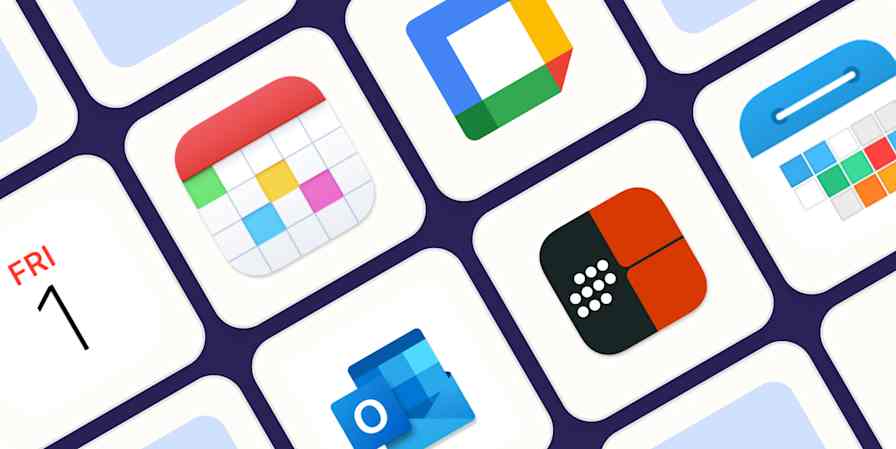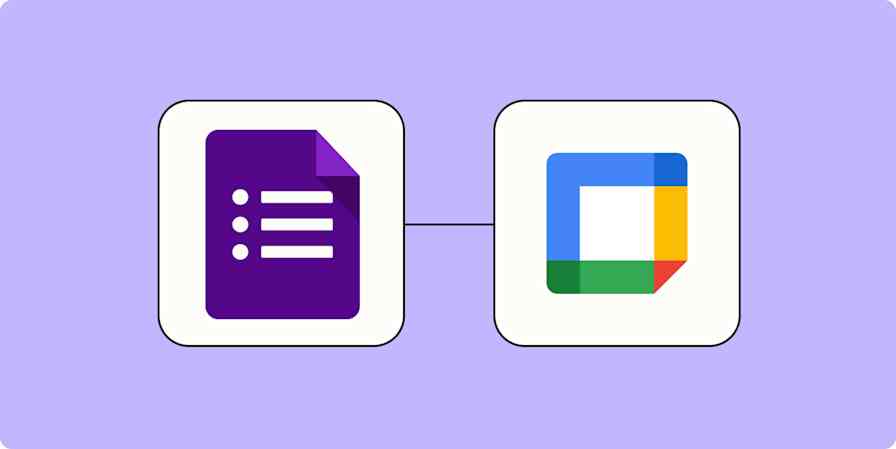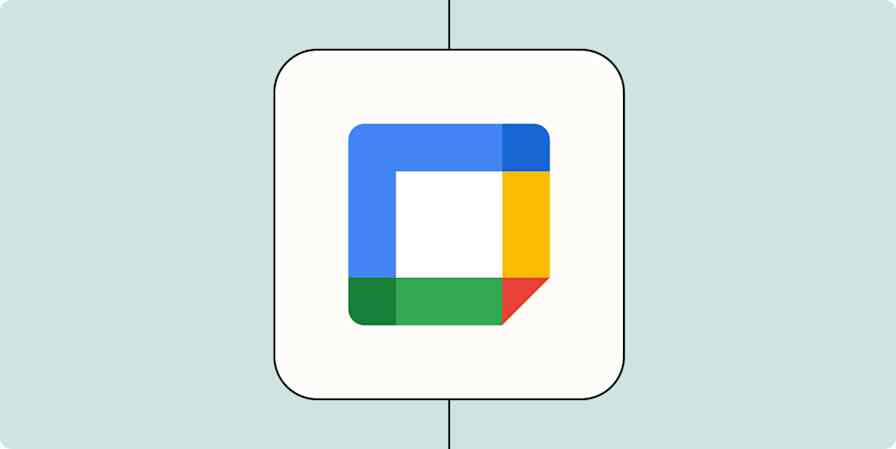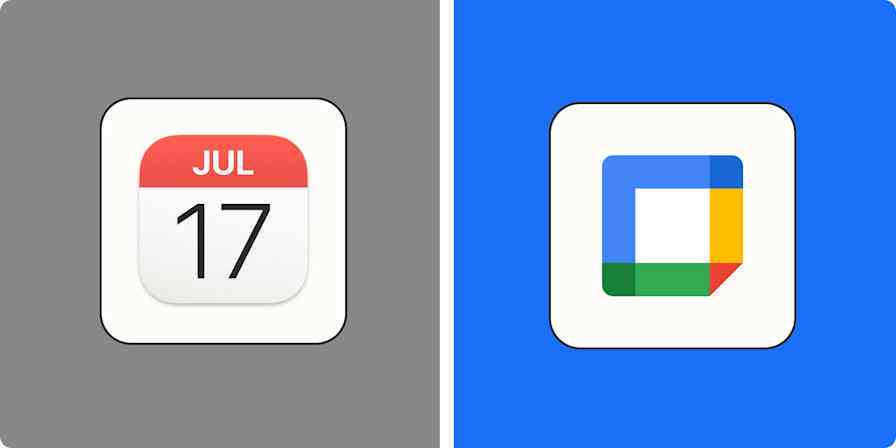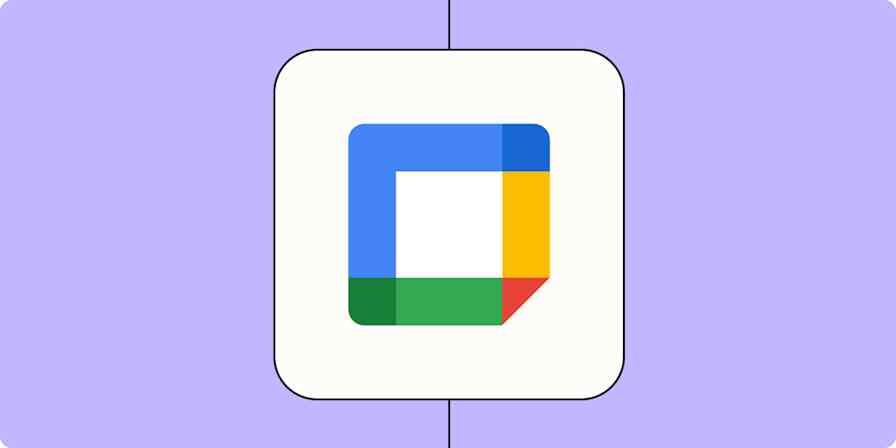App tips
3 min readHow to share a Google Calendar
Here's how to share your Google Calendar and view other calendars.
By Jessica Lau · January 19, 2024
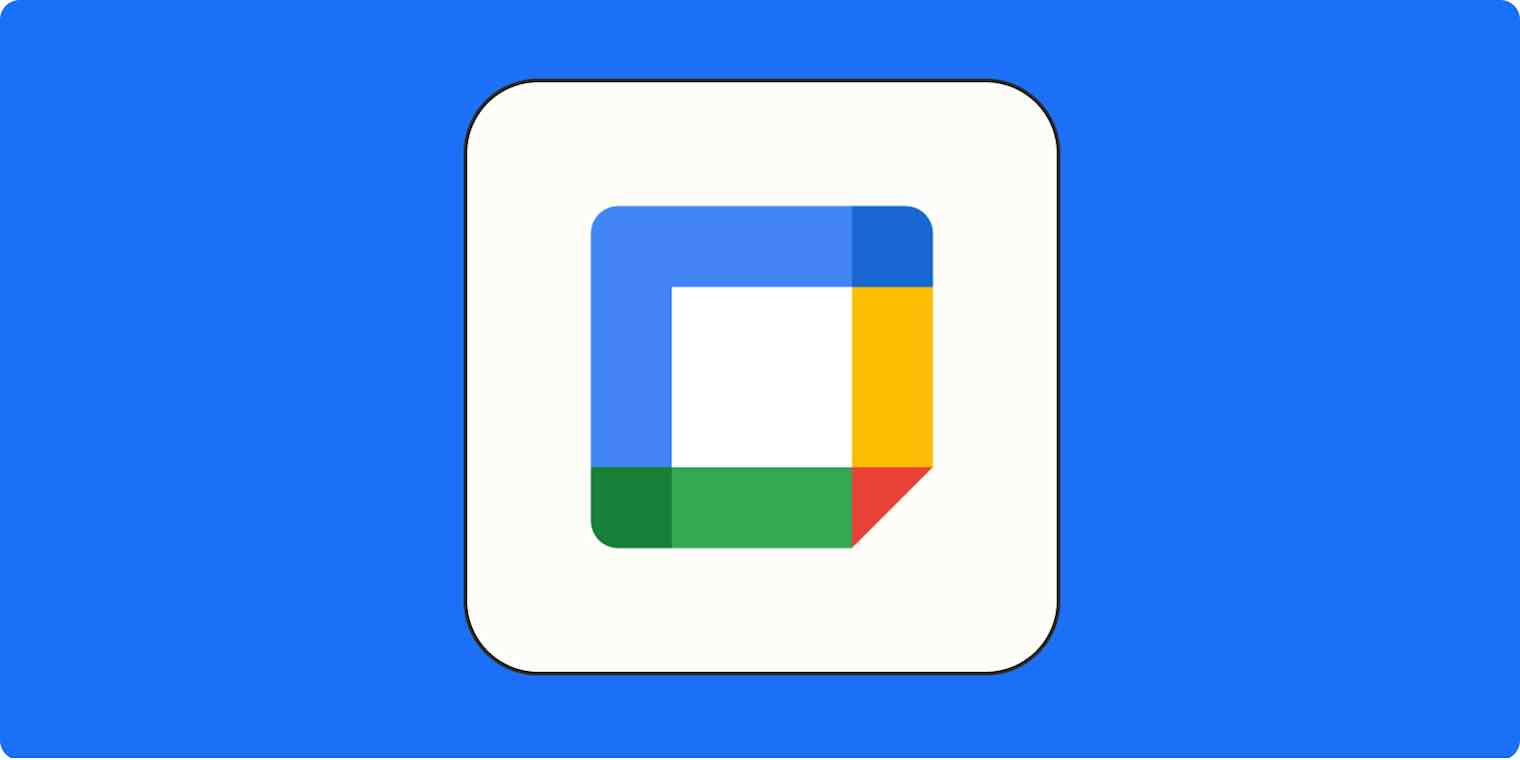
Get productivity tips delivered straight to your inbox
We’ll email you 1-3 times per week—and never share your information.
tags
mentioned apps
Related articles
Improve your productivity automatically. Use Zapier to get your apps working together.


